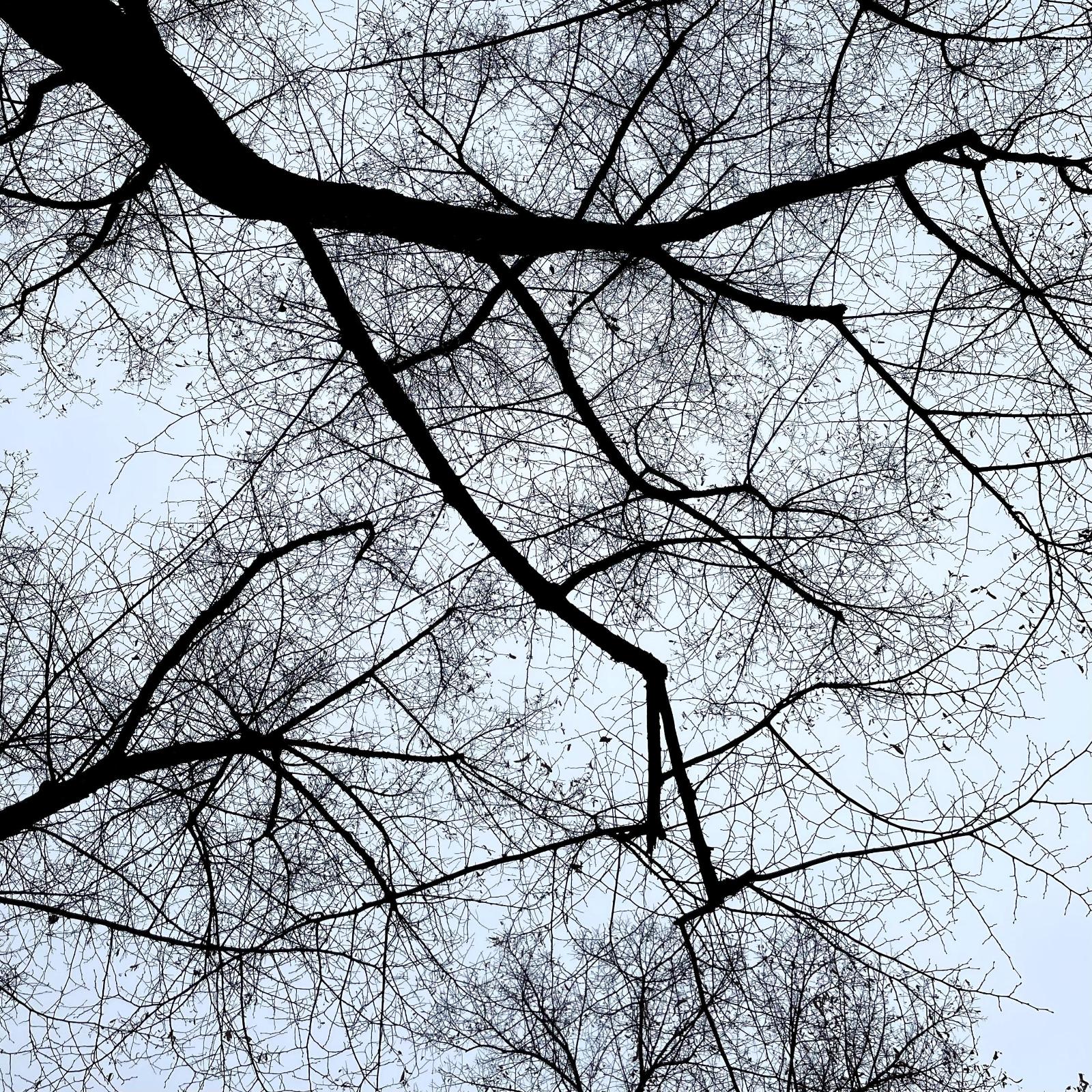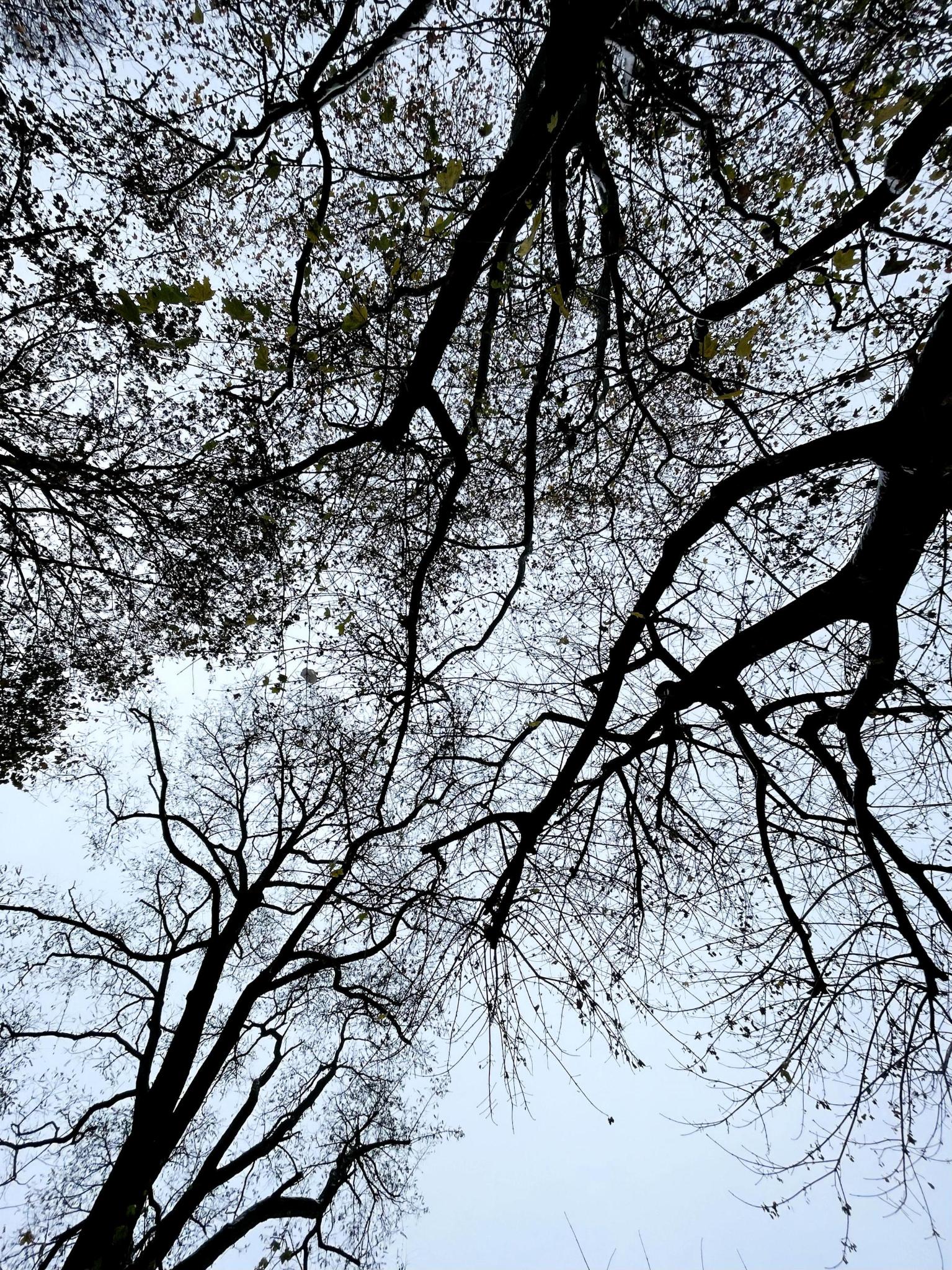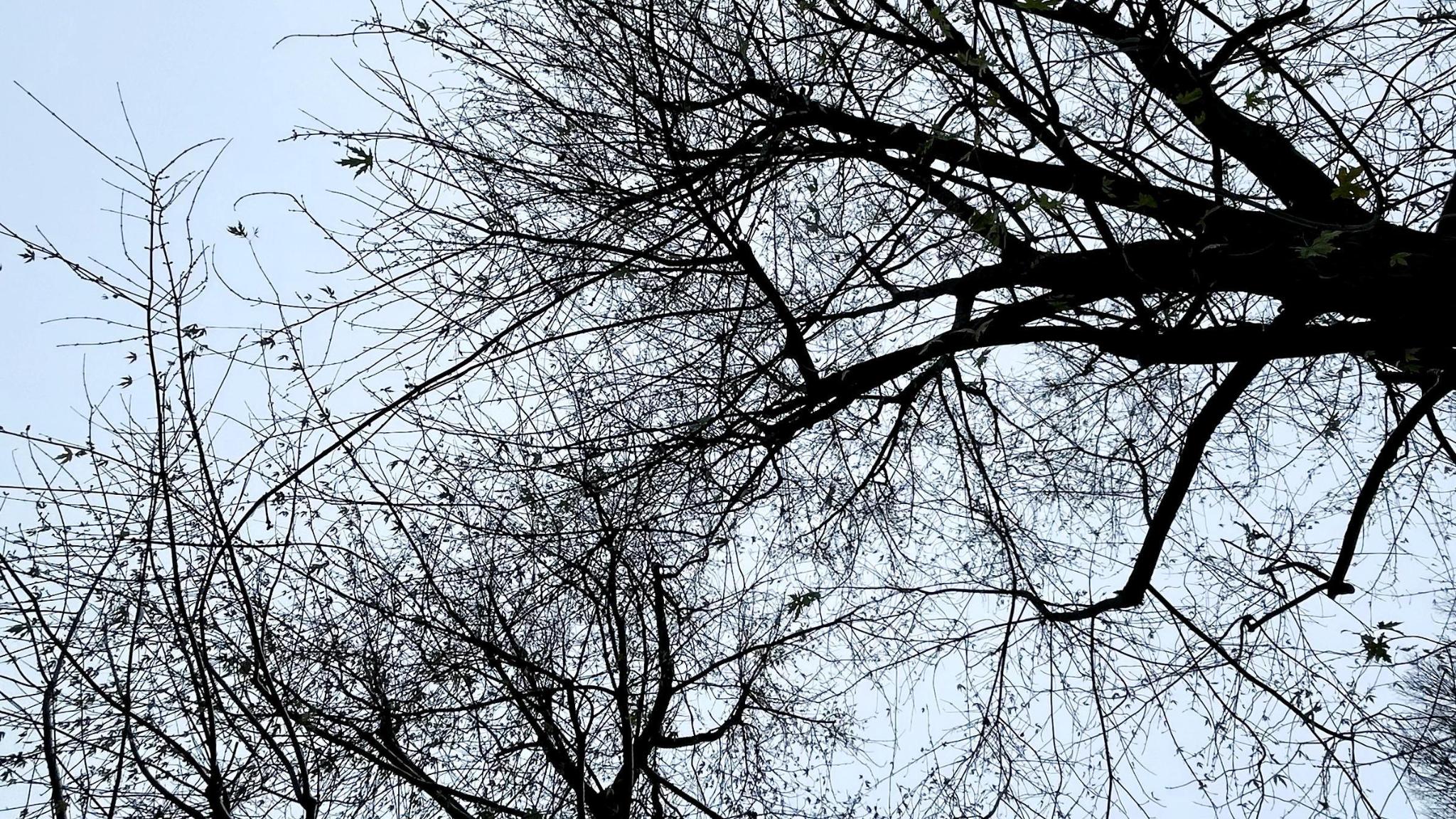My language tree

Have you ever seen a language tree? I came across it during my time at the university. A language tree is a representation of language families. It helps one understand how connected Indo-European languages are. My mother tongue, Polish, is a part of the Slavic languages branch. The closest to it are Czech and Slovak, less similar but still close are Ukrainian, Belarusian and Russian. German and English branches diverge from the Germanic languages. Some European languages are not even European - Finnish, Estonian, Sami, Hungarian and other Uralic languages have their own tree.
The Guardian published this beautiful language tree and I wish it was a poster.
Behind the language tree lies an idea that branches come from one language Proto-Indo-European. Thousands of years ago, people from the Pontic steppes and across Central Asia spoke the same language. And then, we can imagine, as they migrated across different lands their language changed with the landscape to better express their circumstances, experiences, and beliefs.
Snowy mountains require different words than misty meadows. Language changes and evolves the way living organisms do. We carry it with us as much as it carries us. A symbiosis of an invisible being and humans. What would we be without a language?
The picture of a tree also comes to my mind, when I think about languages I know. English, German and Polish. How do their branches look?

A mother tongue shapes the way one understands the world. In Polish, a keyboard is she, a pen is it, a page is she. I wonder how I would perceive a world without gendered nouns. What a relief it might be to abstain from assigning gender to objects. There are beautiful quirks too. Polish finds it necessary to differentiate between a dream you dream at night (sen) and a dream you wish to make true (marzenie).
Emigration pushed me away from Polish. It slowly deteriorates, loses its sharpness and speed. Out of context, I don’t understand the latest allusions and slang. Loanwords pollute my utterances. New branches don't grow so easily. I find myself conflicted between conservation (I need my Polish to be good) and adjustment to where I am now (I need other languages to survive here).
Leaves are still green but a watchful eye can spot delicate shades of yellow. Maybe it’s just a dry summer or the autumn is approaching quietly?
German is a friend who let me down years ago. The disappointment stayed. It tightened my throat. Branches, once healthy and strong, look frail. The leaves, if there are any, look yellow and brown. For years, there has been no care, no love, no time to fertilize it. However, it is not all gloom. I’ve started classes and apparently remember more than I thought. Green is expected to show up in the early spring.
English. English requires a love letter. It used to be primarily a work language. It is hard to be a software developer without it. And now? It’s my relationship, friendship, entertainment and learning language. Sometimes, I miss the ease of comprehension in Polish. Losing myself in reading poetry effortlessly as if I were a deep-diver with an infinite source of oxygen and yet. The thrill of new words, phrases and sayings! The thrill of fluency. The dream of it. This part of the tree is vibrant and full of life.
Having written that, one detail cannot stay unnoticed. No matter the health of each leaf, the tree is a unique connected system. Languages don't stay in a vacuum. Quite on the contrary, they influence each other. New connections are being established. Life circulates between branches.

